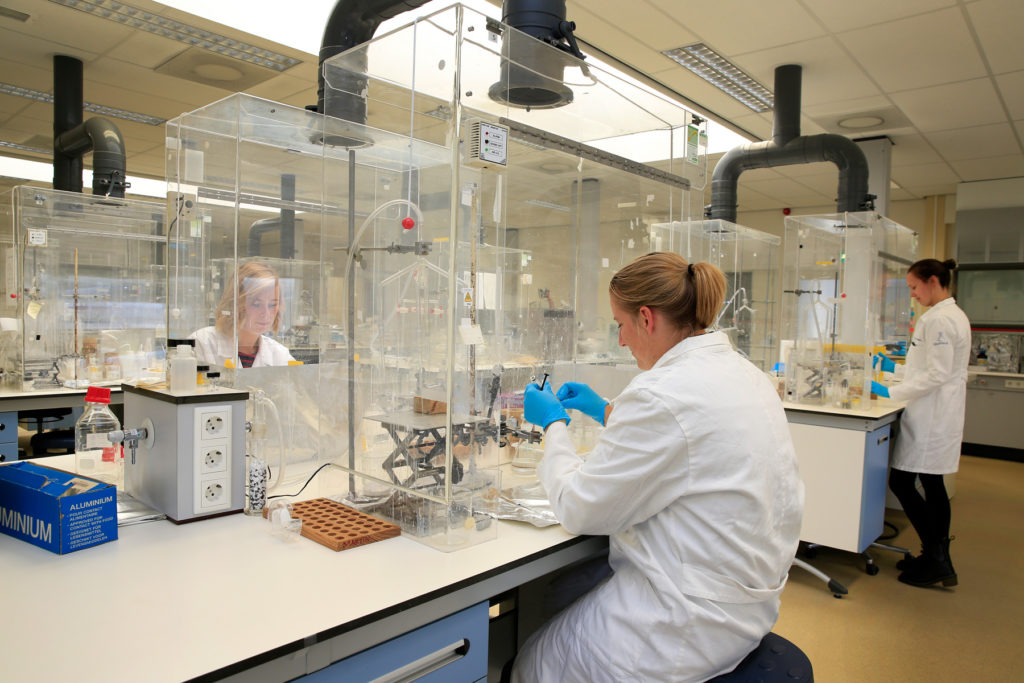An invention by the Faraday Lab, part of TNO, brings large-scale production of green hydrogen a big step closer. Researchers have achieved a technological breakthrough that requires 200 times less iridium for electrolysers that produce green hydrogen. Iridium is a scarce material that is indispensable in electrolysers that work with the widely used PEM (Proton Exchange Membrane) technology.
Researchers from TNO have been the first to develop a method that requires 200 times less iridium, which can already achieve a performance of 25% – 46% of the current generation of electrolysers. A patent has been applied for this process.
'The expected growth of green hydrogen from 300 megawatts in 2020 to tens of gigawatts in 2030 has a downside', says TNO expert Lennart van der Burg. “It means a proportionally growing need for scarce iridium for the electrolysers to be built. Previous research by TNO shows that the scaling up of electrolysis is at risk due to the very limited availability of scarce materials, in particular Iridium and Platinum. In ten years, the demand for iridium would far exceed the available quantity. Moreover, we are dependent on just a handful of countries for the supply, with all the associated risks.”

“The fact that we reduce the required iridium by a factor of 200 and are already at an average of one third of the performance of current electrolysers is a technological breakthrough,” says Van der Burg.
Researchers from TNO, specialized in electrolysis, worked in the Faraday Lab in Petten, together with colleagues from Holst Centre in Eindhoven. TNO previously developed the spatial Atomic Layer Deposition (sALD) technology here, a method for applying extremely thin layers of functional materials to large surfaces. This was intended to develop a new generation of displays for TVs, tablets and smartphones. The research team has now also made the technology applicable to electrolysers.
Within the partnership Voltachem TNO is working with a group of industrial partners on practical application of the new method. This must first be scaled up to pilot scale to demonstrate its operation in practical conditions.
'So we're not there yet', warns Van der Burg. 'Demonstrating in the lab that the technology works is great, but further development is needed to improve the lifespan and efficiency and to be able to produce it on a large scale. Earlier, together with a number of European research institutions, we called for requirements to be set for the use of scarce materials in large pilot projects. According to the current objectives, an electrolysis capacity of 40 GW should then be in Europe in that year, hopefully with a much lower demand on scarce materials.